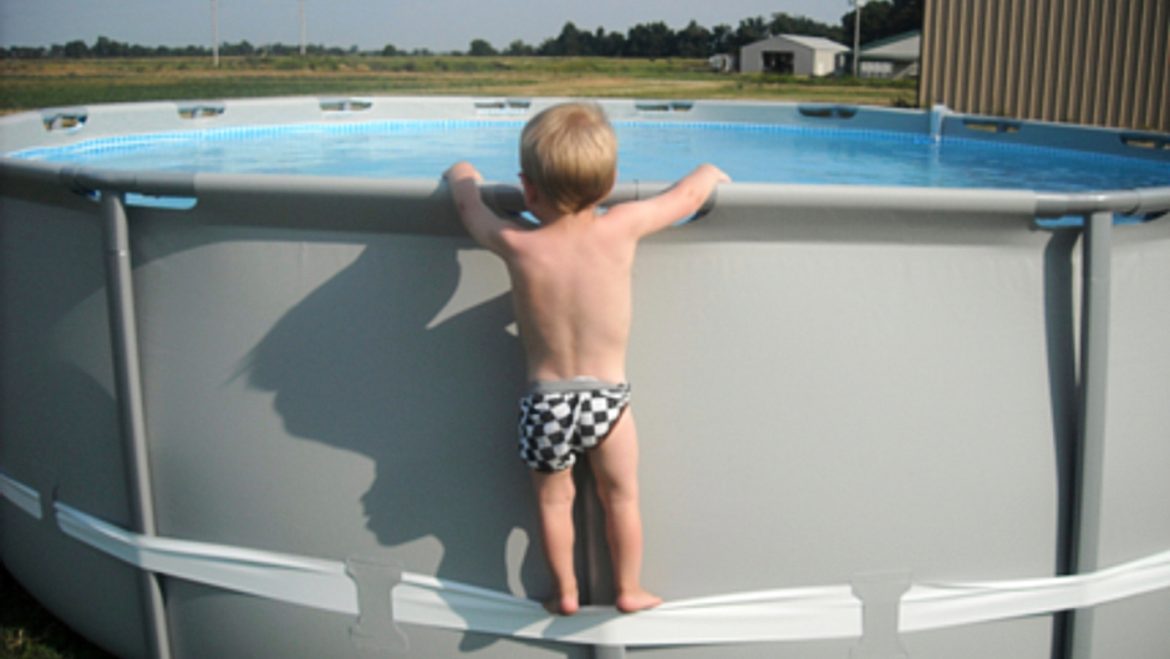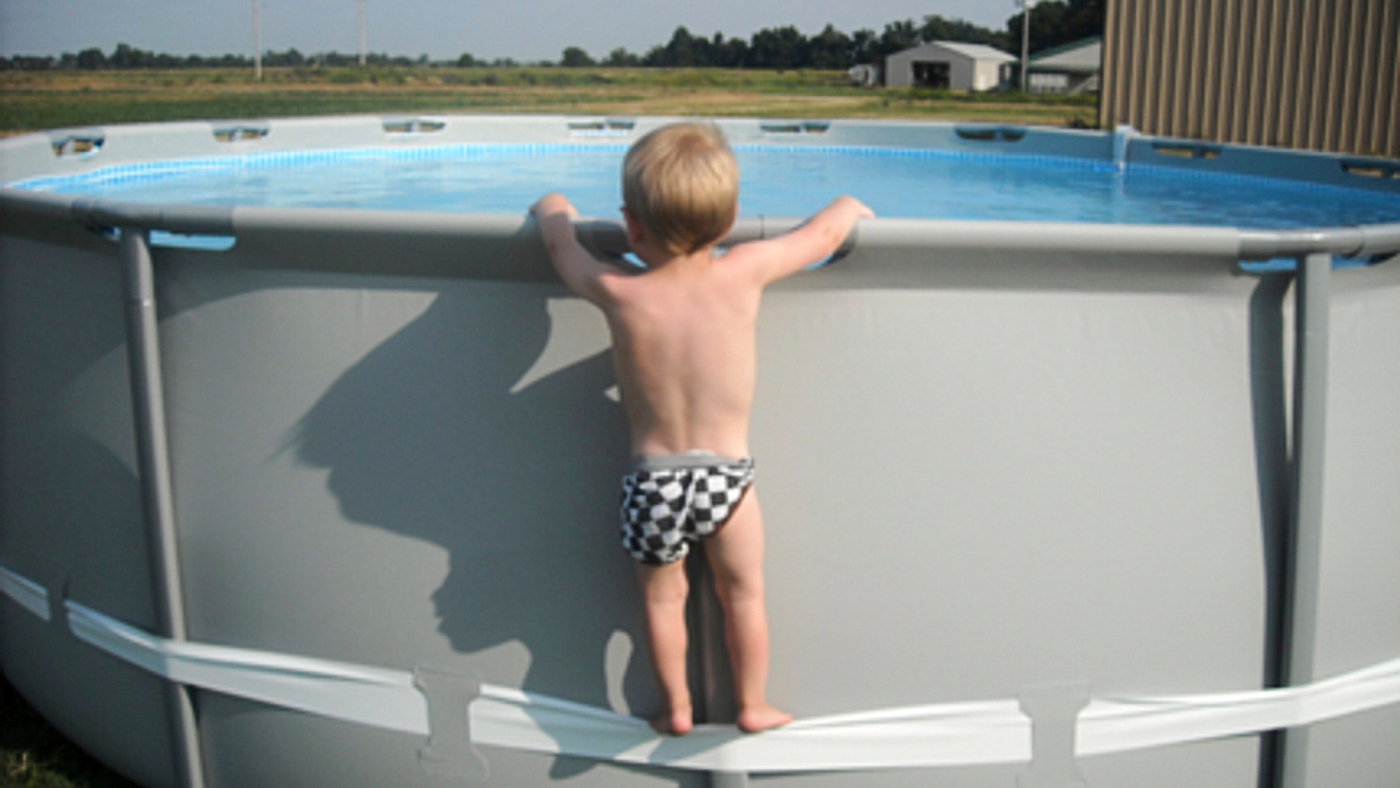The Ripple Effect: Analyzing the Recall of Millions of Above-Ground Pools
Introduction
The backyard pool is a quintessential symbol of summer—a place for relaxation, family gatherings, and childhood memories. However, recent events have cast a shadow over this idyllic scene. The recall of over 5.2 million above-ground swimming pools across the United States and Canada due to reported drowning deaths has sparked a wave of concern among consumers, manufacturers, and regulatory bodies. This incident raises critical questions about product safety, manufacturing practices, and the responsibilities of retailers. Understanding the scope, causes, and implications of this recall is essential for ensuring safer products and preventing future tragedies.
The Scope of the Recall: A Widespread Issue
The scale of this recall is unprecedented. It affects pools sold over the past two decades by major retailers such as Walmart, Target, Lowe’s, Costco, and Amazon. Brands involved include Bestway, Intex Recreation, and Polygroup, indicating a systemic issue rather than an isolated incident. The recall encompasses a significant portion of the above-ground pool market, affecting millions of families who purchased these pools.
For consumers, the impact is immediate and considerable. They must determine if their pool is affected, understand the risks involved, and take appropriate action to mitigate those risks. This could involve dismantling and returning the pool, seeking a repair kit, or taking other measures as advised by the manufacturers and regulatory agencies. The inconvenience and potential anxiety of navigating the recall process add to the burden on consumers.
Beyond individual consumers, the recall casts a long shadow over the reputation of the affected brands and retailers. Trust is a fragile commodity, and this incident may erode consumer confidence in these companies. The loss of trust could have long-term consequences, affecting sales and brand loyalty. Retailers and manufacturers must work diligently to regain consumer trust through transparent communication and robust safety measures.
Understanding the Cause: Faulty Design and Safety Features
While the official reports point to drowning deaths as the primary reason for the recall, the underlying cause is crucial to understanding the broader implications. The available information suggests that the issue may stem from faulty or inadequate safety features in the pools’ design or manufacturing. Specifically, the recall involves 48-inch and taller above-ground pools that use compression straps. These straps are a critical component of the pool’s structure, and their failure could lead to a collapse or instability, increasing the risk of drowning.
The fact that the affected pools were sold over a period of two decades raises questions about the evolution of safety standards and quality control measures within the industry. Have these standards remained stagnant while pool designs and manufacturing processes have changed? Were there early warning signs or previous incidents that could have prompted earlier action?
The industry must prioritize safety above all else. This includes investing in robust safety features, rigorous testing, and ongoing monitoring of product performance. Embracing innovation in safety technology is also crucial. The industry should develop new and improved methods for preventing drowning and other pool-related accidents. Strengthening quality control measures is essential to ensure that products meet safety standards and are free from defects.
The Cascade of Responsibility: Manufacturers, Retailers, and Regulators
The responsibility for this recall is a complex issue involving multiple stakeholders. Manufacturers bear the primary responsibility for ensuring the safety and quality of their products. This includes designing pools that meet established safety standards, using durable materials, and implementing rigorous quality control measures throughout the manufacturing process.
Retailers also play a crucial role in ensuring consumer safety. They have a responsibility to vet the products they sell, ensuring that they meet safety standards and are not likely to pose a risk to consumers. This may involve conducting independent testing, reviewing manufacturer certifications, and monitoring consumer feedback.
Regulatory agencies like the U.S. Consumer Product Safety Commission (CPSC) and Health Canada serve as watchdogs, setting safety standards, monitoring product safety, and taking action when necessary to protect consumers. These agencies have the authority to issue recalls, impose fines, and take other measures to ensure that manufacturers and retailers comply with safety regulations.
The fact that this recall involves products sold over a period of two decades suggests a potential breakdown in this system of checks and balances. It raises questions about the effectiveness of existing safety standards, the rigor of quality control measures, and the oversight of regulatory agencies. Enhancing regulatory oversight is essential to ensure that the pool industry adheres to clear safety standards, conducts regular inspections, and takes swift action when violations are detected.
Promoting Consumer Awareness: Education and Safety Practices
Consumers need to be educated about pool safety and the risks associated with above-ground pools. This includes providing clear instructions on pool setup, maintenance, and safe usage practices. Manufacturers and retailers should take the lead in promoting consumer awareness through educational campaigns, safety guidelines, and user manuals.
Parents and caregivers should be particularly vigilant about pool safety. Ensuring that children are always supervised around the pool, teaching them to swim, and installing safety features such as fences and alarms can significantly reduce the risk of drowning. Consumers should also be encouraged to report any safety concerns or incidents to the relevant regulatory agencies, helping to identify potential issues before they escalate.
Conclusion: Swimming Towards a Safer Future
The recall of over 5.2 million above-ground pools is a serious incident with potentially far-reaching consequences. It serves as a wake-up call for manufacturers, retailers, regulators, and consumers alike. By learning from this experience and taking proactive steps to improve product safety, strengthen quality control, enhance regulatory oversight, and promote consumer awareness, we can work together to create a safer environment for families to enjoy the pleasures of swimming.
The time for action is now. Ensuring that future summers are filled with joy and safe memories, not overshadowed by tragedy, requires a collective effort. By prioritizing safety, embracing innovation, and fostering a culture of responsibility, we can swim towards a safer future for all.


